Citalopram hydrobromide
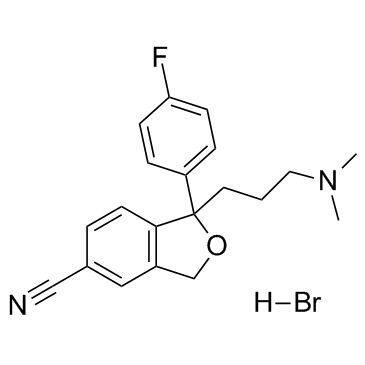
Citalopram hydrobromide structure
|
Common Name | Citalopram hydrobromide | ||
|---|---|---|---|---|
| CAS Number | 59729-32-7 | Molecular Weight | 405.304 | |
| Density | N/A | Boiling Point | 182-188ºC | |
| Molecular Formula | C20H22BrFN2O | Melting Point | 182-188ºC | |
| MSDS | Chinese USA | Flash Point | 212.8ºC | |
| Symbol |

GHS07 |
Signal Word | Warning | |
Use of Citalopram hydrobromideCitalopram hydrobromide is an antidepressant drug of the selective serotonin reuptake inhibitor (SSRI) class. It has US FDA approval to treat major depression. |
| Name | Citalopram Hydrobromide |
|---|---|
| Synonym | More Synonyms |
| Description | Citalopram hydrobromide is an antidepressant drug of the selective serotonin reuptake inhibitor (SSRI) class. It has US FDA approval to treat major depression. |
|---|---|
| Related Catalog | |
| References |
| Boiling Point | 182-188ºC |
|---|---|
| Melting Point | 182-188ºC |
| Molecular Formula | C20H22BrFN2O |
| Molecular Weight | 405.304 |
| Flash Point | 212.8ºC |
| Exact Mass | 404.089935 |
| PSA | 36.26000 |
| LogP | 4.77108 |
| Stability | Stable. Incompatible with strong oxidizing agents. |
| Symbol |

GHS07 |
|---|---|
| Signal Word | Warning |
| Hazard Statements | H302 |
| Precautionary Statements | P210-P260-P280-P301 + P310-P311 |
| Personal Protective Equipment | Eyeshields;Gloves;type N95 (US);type P1 (EN143) respirator filter |
| Hazard Codes | F,T |
| Risk Phrases | 11-23/24/25-39/23/24/25 |
| Safety Phrases | 7-16-36/37-45 |
| RIDADR | UN 3249 |
| RTECS | NP6313500 |
| Packaging Group | III |
| Hazard Class | 6.1(b) |
| HS Code | 2932999099 |
| Precursor 10 | |
|---|---|
| DownStream 3 | |
| HS Code | 2932999099 |
|---|---|
| Summary | 2932999099. other heterocyclic compounds with oxygen hetero-atom(s) only. VAT:17.0%. Tax rebate rate:13.0%. . MFN tariff:6.5%. General tariff:20.0% |
|
Environmental friendly method for urban wastewater monitoring of micropollutants defined in the Directive 2013/39/EU and Decision 2015/495/EU.
J. Chromatogr. A. 1418 , 140-9, (2015) The fate and removal of organic micropollutants in the environment is a demanding issue evidenced by the recent European policy. This work presents an analytical method for the trace quantification of... |
|
|
Magnetic solid phase extraction coupled with desorption corona beam ionization-mass spectrometry for rapid analysis of antidepressants in human body fluids.
Analyst 140 , 5662-70, (2015) Ambient ionization techniques show good potential in rapid analysis of target compounds. However, a direct application of these ambient ionization techniques for the determination of analytes in a com... |
|
|
Salt effects in electromembrane extraction.
J. Chromatogr. A. 1347 , 1-7, (2014) Electromembrane extraction (EME) was performed on samples containing substantial amounts of NaCl to investigate how the presence of salts affected the recovery, repeatability, and membrane current in ... |
| Lupram |
| EINECS 261-890-6 |
| Sepram |
| Apertia |
| Lu-10-171 |
| 1-(3-(dimethylamino)propyl)-1-(4-fluorophenyl)-1,3-dihydroisobenzofuran-5-carbonitrile monohydrobromide |
| 1-[3-(dimethylamino)propyl]-1-(4-fluorophenyl)-1,3-dihydro-5-isobenzofurancarbonitrile hydrobromide |
| Citalopram hydrobromide |
| Lu-10-171B |
| 1-isobenzofuranpropanaminium, 5-cyano-1-(4-fluorophenyl)-1,3-dihydro-N,N-dimethyl-, bromide (1:1) |
| 1-[3-(Dimethylamino)propyl]-1-(4-fluorophenyl)-1,3-dihydro-2-benzofuran-5-carbonitrile hydrobromide (1:1) |
| Elopram |
| 5-isobenzofurancarbonitrile, 1-[3-(dimethylamino)propyl]-1-(4-fluorophenyl)-1,3-dihydro-, monohydrobromide |
| 1-(3-(dimethylamino)propyl)-1-(4-fluorophenyl)-1,3-dihydro-5-isobenzofurancarbonitrile monohydrobromide |
| Cipram |
| MFCD02101306 |
| Nitalapram |
| Cipramil |
| 5-Isobenzofurancarbonitrile, 1-[3-(dimethylamino)propyl]-1-(4-fluorophenyl)-1,3-dihydro-, hydrobromide (1:1) |
| Seropram |
| Celexa |
| Lu 10-171-B |
| 1-(3-(dimethylamino)propyl)-1-(p-fluorophenyl)-5-phthalancarbonitrile monohydrobromide |
| Prisdal |
| 1-[3-(dimethylamino)propyl]-1-(4-fluorophenyl)-1,3-dihydro-2-benzofuran-5-carbonitrile hydrobromide |
| Citalopram (hydrobromide) |
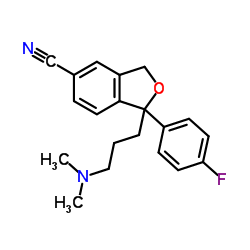 CAS#:59729-33-8
CAS#:59729-33-8![4-[4-(Dimethylamino)-1-(4-fluorophenyl)-1-hydroxybutyl]-3-(hydroxymethyl)benzonitrile hydrobromide Structure](https://image.chemsrc.com/caspic/222/103146-26-5.png) CAS#:103146-26-5
CAS#:103146-26-5 CAS#:64169-67-1
CAS#:64169-67-1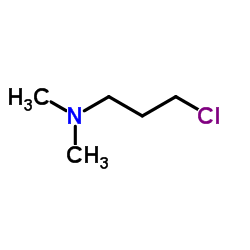 CAS#:109-54-6
CAS#:109-54-6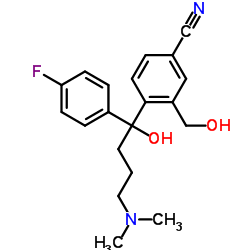 CAS#:103146-25-4
CAS#:103146-25-4![4,4-dimethyl-2-[1-[3-(dimethylamino)propyl]-1-(4-fluorophenyl)-1,3-dihydroisobenzofuran-5-yl]oxazoline Structure](https://image.chemsrc.com/caspic/139/265137-39-1.png) CAS#:265137-39-1
CAS#:265137-39-1 CAS#:10035-10-6
CAS#:10035-10-6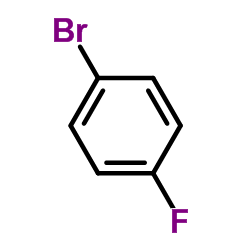 CAS#:460-00-4
CAS#:460-00-4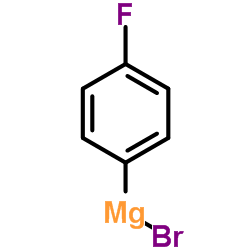 CAS#:352-13-6
CAS#:352-13-6 CAS#:5407-04-5
CAS#:5407-04-5![1-[3-(Dimethylamino)propyl]-1-(4-fluorophenyl)-1,3-dihydro-5-isobenzofurancarboxamide structure](https://image.chemsrc.com/caspic/082/64372-56-1.png) CAS#:64372-56-1
CAS#:64372-56-1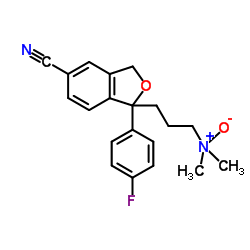 CAS#:63284-72-0
CAS#:63284-72-0
